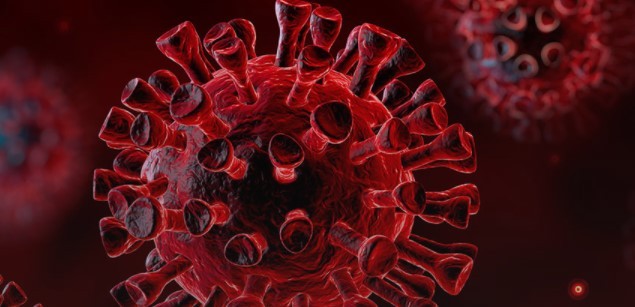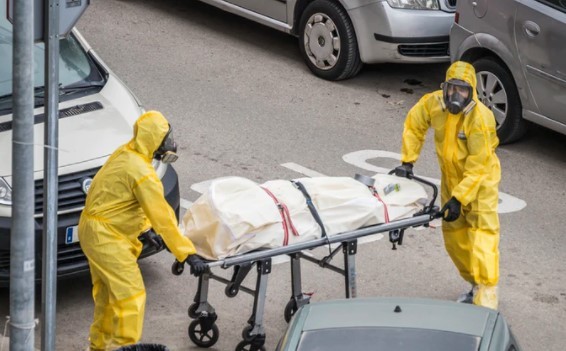Coronaviruses are typically transmitted from person to person through exhalation of respiratory droplets (from the nose and mouth) and close contact. People can contract COVID-19 if they breathe in droplets from an infected person who coughs or exhales droplets. Those droplets can also land on objects and surfaces, and people can then catch the virus from touching those surfaces and then touching their eyes, nose, or mouth.
Coronaviruses are typically transmitted from person to person through exhalation of respiratory droplets (from the nose and mouth) and close contact. People can contract COVID-19 if they breathe in droplets from an infected person who coughs or exhales droplets. Those droplets can also land on objects and surfaces, and people can then catch the virus from touching those surfaces and then touching their eyes, nose, or mouth.
COVID-19 Infection how to deal with it at home?
Small particles that contain infectious amounts of virus can also remain suspended in the air for a period of time and travel farther distances than larger droplets usually produced when people sneeze or cough.
Wearing a mask, staying at least six feet away from others, and avoiding prolonged contact (more than fifteen minutes) indoors with others are all helpful mitigation factors.
Coronavirus outbreak emerged in Wuhan, China in December 2019 has snowballed into the COVID-19 pandemic. Now, the virus that causes the disease has infected nearly 2.6 million people around the world–killing more than 178,800 people as of April 22, 2020.
This Frequently asked questions provides the basics of coronaviruses and COVID-19, how it is transmitted, and how you can protect yourself.
What is a coronavirus?
Coronaviruses are a family of viruses that typically cause mild respiratory infections like the common cold but also more severe (and potentially deadly) infections. They are zoonotic diseases, meaning they are transmitted between animals and people.
What severe diseases are caused by coronaviruses?
A coronavirus that originated in China led to the Severe Acute Respiratory Syndrome outbreak in 2003. Another coronavirus emerged in 2012 in Saudia Arabia causing Middle East Respiratory Syndrome. And now, we have COVID-19, caused by a novel coronavirus named SARS-CoV-2 that emerged in late 2019.
What symptoms do coronaviruses typically cause? How severe are the symptoms in the current outbreak?
Common signs of infection include runny nose, cough, fever, sore throat and shortness of breath. In more severe cases, infection can cause pneumonia, severe acute respiratory syndrome, kidney failure and even death. The most common symptoms reported with COVID-19 are fever, fatigue, and a dry cough. Some people also report body aches, congestion, runny nose, sore throat or diarrhea, according to the WHO–and about 1 in 6 become seriously ill and have difficulty breathing.






